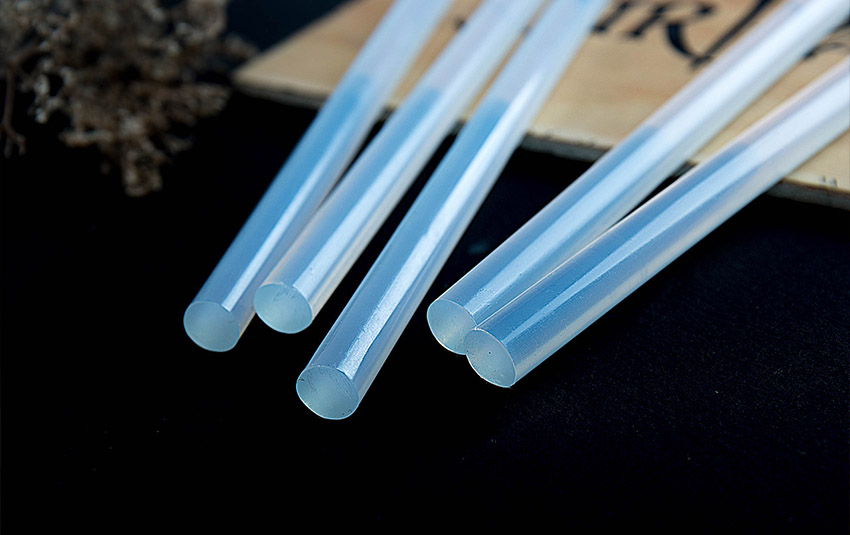How is SBS prepared? What are the key steps in the polymerization process?
SBS is typically prepared using a polymerization process, which involves several key steps:
Polymerization reaction is one of the crucial steps in preparing SBS. Generally, solution polymerization or emulsion polymerization methods are employed. In this process, styrene and butadiene monomers are added to the reactor in specific molar ratios along with initiators and reaction solvents. Initiators trigger the polymerization reaction between monomers, forming a block copolymer of styrene and butadiene.
Selecting the appropriate catalyst is essential for the synthesis of SBS. Common catalysts include lithium, sodium, and potassium catalysts. The choice of catalyst directly affects the structure and properties of SBS.

During the polymerization reaction, strict control of reaction conditions is necessary, including temperature, pressure, stirring speed, etc. These conditions can influence the reaction rate, yield, as well as the molecular structure and molecular weight distribution of SBS.
To obtain SBS with excellent properties, precise control over its molecular structure is required. This can be achieved by controlling the molar ratios of monomers, types and amounts of initiators, reaction temperature, etc. It is particularly important to ensure the alternating arrangement of styrene and butadiene monomers during the polymerization process to form a block structure.
After the polymerization reaction is complete, some post-treatment steps are necessary, such as solvent distillation, filtration, drying, etc., to obtain pure SBS products. During this process, care must be taken to avoid adverse effects on the structure and properties of SBS.
These key steps work together to ensure that the preparation process of SBS is efficient and controllable, resulting in the final product with desirable properties.





